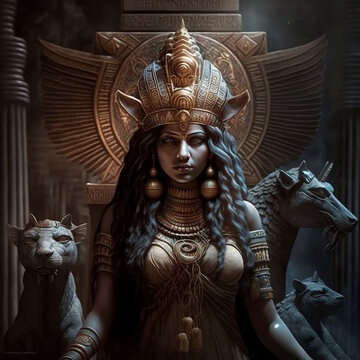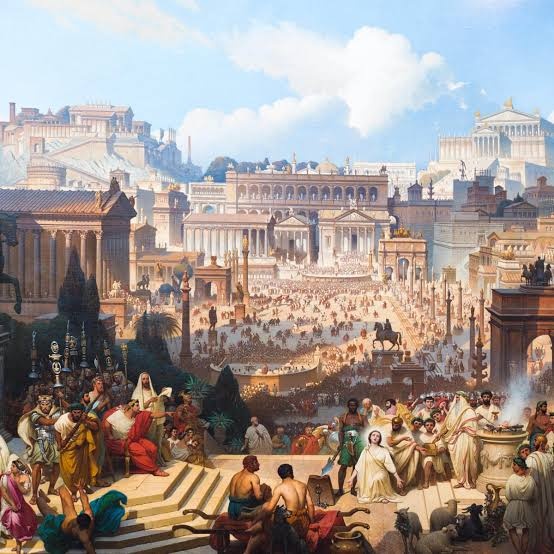Important Rulers in the History of Iraq: From Ancient Times to the Present
Would you like to know who the most important rulers in the history of Iraq have been since its establishment to the present day? Have you ever wondered who ruled Iraq in ancient times? Are you curious to explore the influential figures who led the country throughout the ages? Well, join us in this exciting video as we showcase some of the most significant rulers and leaders who have left their mark on Iraq's history. You will get to know the rulers of the Sumerians, Babylonians, Assyrians, Islamic rulers, and many other figures who have played a role in shaping the trajectory of Iraq over the centuries. Are you ready to travel through time and explore the history of Iraq through its greatest rulers? Follow the video to discover more! Watch the video





